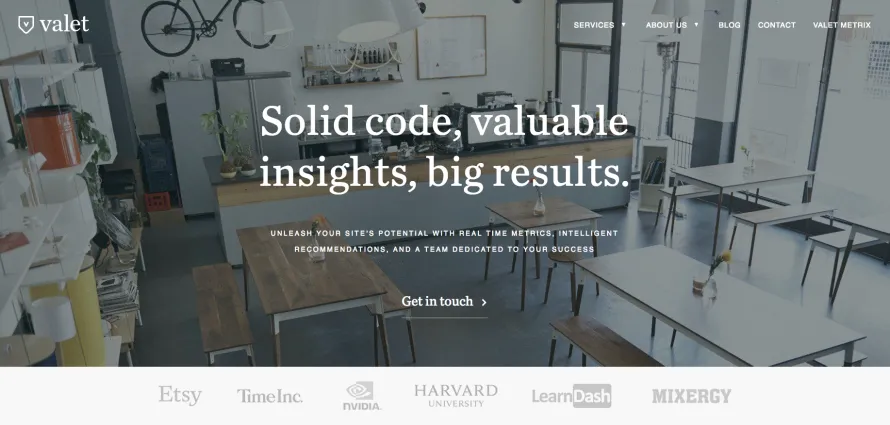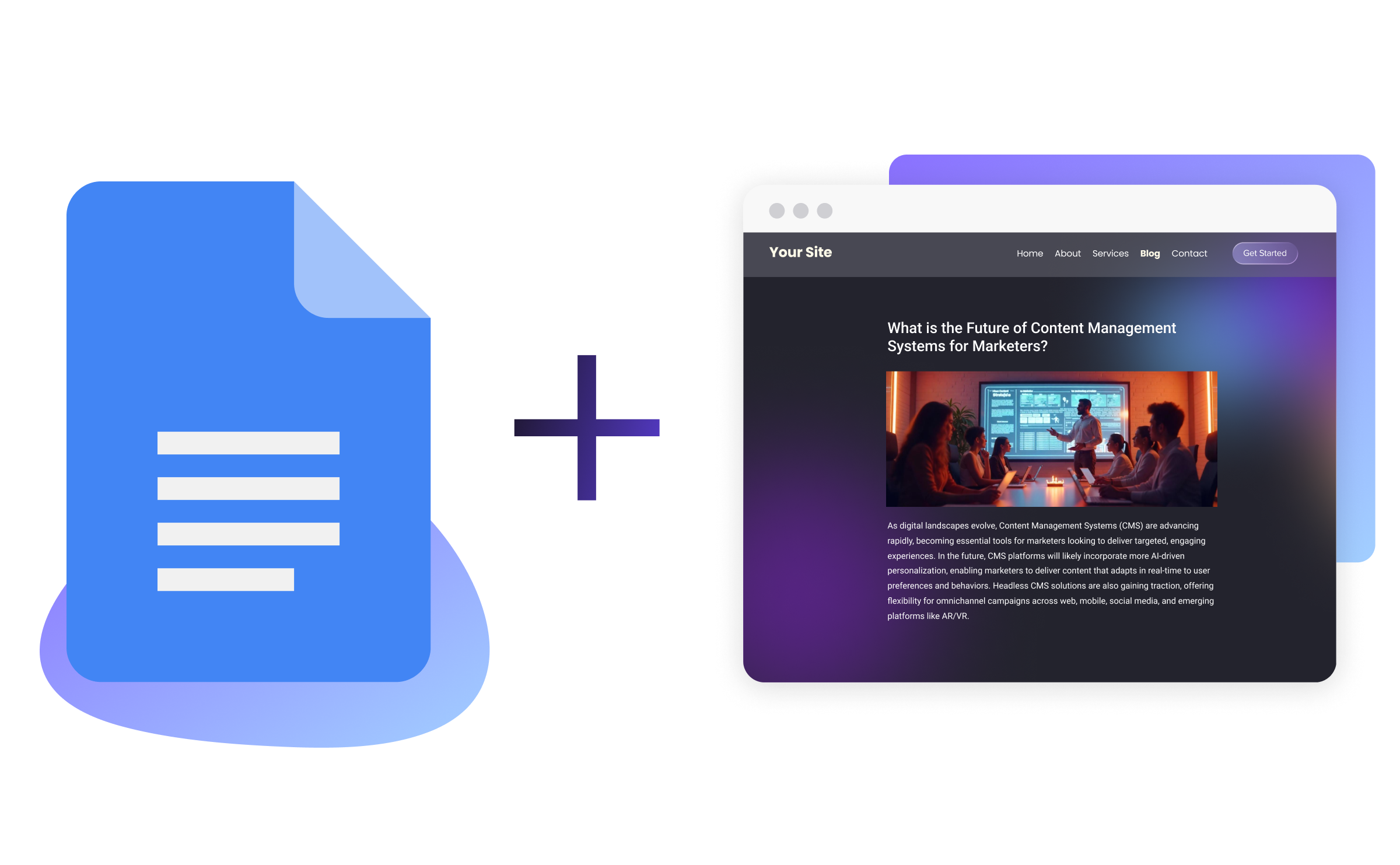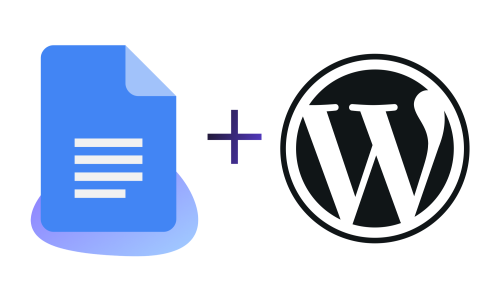The Freedom of Best Practices: Valet Shares Experience Streamlining Workflow on Pantheon
Image

Does freedom mean “unlimited options?” Or does it mean, “the security to do great work with peace of mind?”
For some developers, freedom might mean, say, the ability to hop on a live server and “cowboy code” a fix. But that kind of freedom might actually keep an agency from delivering the highest-quality service to their clients. For web development agencies, a solid set of best practices can be more freeing than a less restrictive, but more chaotic, approach.
When they first started using Pantheon, WordPress agency Valet learned these lessons firsthand. Their experience with our Agency Fast Track program gave them the structure they needed to leave cowboy coding behind and reach for a brighter future for the agency and its clients.
We sat down with Valet Founder & CEO Mason James to discuss how a best practice approach helped free Valet to pursue excellence. Read on for James’ thoughts on standardizing infrastructure, developing best practices, and providing exceptional client service.
Image

How did Valet get started? What kind of services do you focus on?
James: Valet has existed since 2012. We started because we couldn’t find a company offering the level of web development and hosting support we wanted to give clients. So we started one.
We exclusively manage WordPress sites, and have since the beginning. At this point, we manage several hundred sites.
For Valet to support a site, it has to be a mission-critical or business-critical part of what the customer is doing. We focus on monthly recurring support plans; if the site is not mission-critical, the value might not be there. We work with mostly small-to-medium size businesses across industries.
What's the make-up of your team?
James: We have 15 team members and we’re all remote; we have a few in Asia and the majority in the U.S. There are four customer-facing folks on the front end, and two developers on the back end, one of whom manages DevOps.
We have not historically had a sysadmin. I’ve always wanted to stay out of the hosting game as much as possible. Managing hosting would bring up hurdles we didn’t want to have to deal with.
What problems were you looking to solve with a website management platform?
James: We had tried a variety of different hosting solutions, and administering them all was challenging. Customers were hosted wherever they were geographically. We managed our own cloud servers; that’s where we would do development work and build staging environments.
So we had a distributed team and distributed hosting. That made enforcing standard best practices tricky. We would do all this work to set something up, then if a support rep needed to make a change, they would go outside of our procedural control. It could bring the whole site down, and sometimes we might not even know the cause.
We knew we wanted to follow best practices, but enforcing those with a remote team—especially in emergency scenarios—was really challenging.
As we gained more customers, the problem grew and became more stressful. We needed a set process so we could continue delivering high-quality work for our clients.
What led you to Pantheon?
James: I first heard of Pantheon before they supported WordPress and when I took a look at what they were doing, I was blown away. It was light years beyond what we were seeing in the WordPress world.
So I joined the beta test community and did test migrations, kind of waiting for the platform to be ready for us. We needed a solution that was flexible for customers with a lot of technical debt, with multisite support. In early 2015, it started looking like Pantheon could meet all our needs.
We started working with the platform and incorporating it into client projects where possible, but we really dove in head first after participating in the Fast Track program.
Image

What was your Fast Track experience like?
James: Originally, Pantheon was going to fly engineers out to our office for the migration. But being a distributed company, it made more sense to go to Pantheon’s headquarters and spend a few days there.
The program offers to help migrate sites, but we felt pretty confident in our ability to do that and decided to put our time with Pantheon to use, focusing on our most complex project; a client with legacy infrastructure that demanded respect. I thought, “If Pantheon is willing to assist, I’m going to challenge them with my toughest project.”
Leading up to our visit, we did over 75 test migrations for a set of our clients. We curated all the points where we had an issue; things that broke, things that didn’t have adequate documentation.
Fast Track did exactly what we needed it to do. It gave us a deadline. We wanted to be prepared because we had limited time with access to Pantheon’s engineers. Just having that time window pushed us forward. Both sides did their homework ahead of time, so we came to the meeting ready to be really active.
Sitting in there with Pantheon and seeing their engineers really, genuinely interested in getting these problem clients working properly, seeing their enthusiasm and excitement for solving problems, that provided me with a ton of confidence.
The Definitive Guide to Agency Optimization
Learn how to increase efficiency and set standard workflows that allow your agency to take on bigger projects and deliver more value to clients.
How did moving to Pantheon change your workflow?
James: Pantheon didn’t just provide the infrastructure; they provided an opinion. “This is the way you play on Pantheon.” That was really helpful for us.
Basically, we adopted Pantheon’s workflow for our team. Some people initially saw it as a barrier to getting work done. Like, you can’t log in live to cowboy code stuff. You don’t do that on Pantheon, because you shouldn’t do it. So there was some pushback. But by the time we did the Fast Track, we had everyone on board.
Now we have the infrastructure so completely controlled that no one can operate outside of the bounds. It’s saved us from the unhappy surprises we used to get. The stability and infrastructure protect against clients logging in and wreaking havoc. It’s provided a lot of peace of mind.
Has Pantheon affected how you deal with clients?
James: It’s definitely given us the confidence to take on more clients. Big or small, we know if we have them on Pantheon’s infrastructure, we don’t have to worry about it.
We present Pantheon for hosting as a cost-saving to clients. We tell them, “You’ll get the reliability, uptime and performance from Pantheon and we will have less dev overhead. This is the technology we use for the infrastructure, and it will save you money using it for production as well.”
To learn more about how Pantheon can help your digital agency, check out Pantheon for Agencies. If you’re ready to get started, you can apply for our Agency Fast Track program and put our team to work for you.


